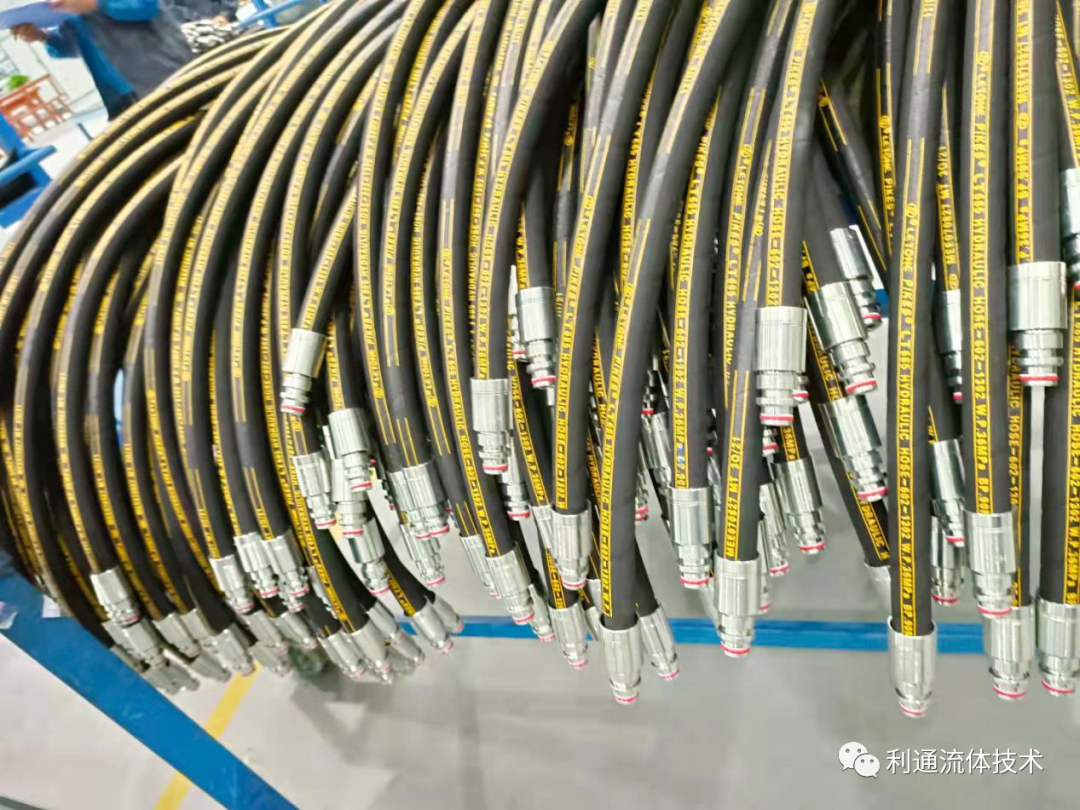Buying a Container Cleaning Hose
2023-08-22 10:12:25
Shipping containers are exposed to many different germs and pollutants as they travel across the globe. It is imperative that these containers are cleaned and disinfected meticulously before a cargo is loaded inside.
Sweeping the interior of the container is a good way to remove dirt, dust, and other debris. Next, a thorough visual inspection should be conducted to detect any dents, cracks, or holes in the containers.
High-Pressure Sprayer Hose
If you're working with high-powered pressure washers, a strong, durable hose is essential. A good hose will be flexible enough to maneuver around corners and bends, yet sturdy enough to resist kinks. It should also withstand the high water pressure levels used in power washing, which can damage surfaces.
Look for a hose made of metal, or a combination of plastic and metal parts. Metal hoses are more expensive but they will last longer than plastic ones, and are better at resisting wear and tear.
For example, this 50-foot commercial-grade non-marking hose from JGB Enterprises can handle up to 4200psi, making it ideal for use with gas or electric pressure washers. It's also resistant to chemicals and oil, thanks to a modified nitrile synthetic rubber tube reinforced with neoprene. It also features quick brass hose connectors and a molded-fit bend restrictor on both ends, and it's designed to be compatible with 22mm connection pressure washers.
Low-Pressure Sprayer Hose
A quality hose can make or break your cleaning job. A durable hose can stand up to high temperatures, pressures, and chemicals without breaking down. A hose with a swivel helps prevent kinking while allowing you to spray at any angle.
A hose that's resistant to abrasion and oil helps protect surfaces from damage and stains. A hose with a neoprene cover and heavy wall construction provides added strength and durability. Look for a hose that can withstand up to 4,000 psi and is usable in temperatures as hot as 310 degrees Fahrenheit.
Look for a hose that's made with metal, plastic, or a combination of both. Metal hoses are generally more durable than plastic and can last multiple seasons with proper care. A hose with more than one layer of wire braid increases the thickness and abrasion resistance, making it stronger and more durable. Ensure that your hose has a female quick-connect nozzle and faucet fittings or an adapter to fit them.
Jet Carboy & Bottle Washer
Designed to make washing bottles and carboys of any size fast and easy, this bottle washer attaches directly to laundry tub faucets. Its nozzle directs a powerful stream of water up into inverted containers, cleaning them in seconds. The stream automatically shuts off when the container is removed. The washer also fits garden hose thread faucets and kitchen faucets by removing their aerator and attaching an adapter (sold separately). It's made in Canada and features a lifetime guarantee.
This pharmaceutical bottle washing machine is a great choice for dry syrup filling lines. It can accommodate a range of different bottles and fulfils GMP guidelines for the pharmaceutical industry. This unit features a high-capacity pump and premium stainless steel. It's simple to use and provides numerous washing and rinsing cycles. It also ensures the cleanliness of trays and cylinder baffles. Its compact design makes it ideal for space-limited environments. It also comes with a holder that enables bottles to be easily transferred from one line to another.
Hydraulic Hose
Hydraulic hoses are typically rated to handle high-pressure applications. They can withstand vibration, shock and harsh environmental conditions like extreme temperatures and high abrasion.
Most hydraulic hoses have 3 major parts: an inner tube that carries the liquid, a reinforcement layer to offer strength and the protective outer cover. The inner tube is typically a compound of synthetic rubber or thermoplastics. The reinforcement layer may consist of a wire helix or textile braid, and the cover is often designed to be oil, abrasion or weather-resistant depending on the application.
Before selecting a hose, consult a chemical compatibility chart to ensure the tube compound is compatible with the liquid. Also, select one with a published working pressure that's higher than the maximum system pressure. Lastly, be sure the couplings will properly attach to the hoses. Couplings are either screw-together or clamp-type and are typically made of brass or stainless steel to withstand high temperatures. They're available with male threads or in a variety of SAE and European EN specifications.